
shrimpHong Kong food and culture
Are they in jeopardy for the future?
By Capt. Joe Kent
Live shrimp likely are the most popular and sought after bait along the Gulf Coast. While inventories at bait shops have been erratic this season, anglers willing to search a wide area around the Galveston Bay Complex usually have been able to locate live shrimp.
What does the future hold for this valuable resource? Will we have sufficient supplies for future generations? What will the cost be for Gulf Coast anglers?
Live shrimp are caught by shrimpers dragging their nets in the bays. For many decades there were few regulations on shrimpers; however, as the number of bay shrimpers increased, problems began and a multitude of regulations were enacted.
Beginning in the late 1970s, shortages of redfish and speckled trout started showing up. While fish-killing freezes had a major impact, studies showed that the bays were being over harvested by shrimpers, along with the resulting by catch mortality rate for other marine life.
The first step was to ban any future commercial shrimp trawl licenses. While this halted future shrimpers getting into the business, it did not address the large numbers of boats working the bays day in and day out. For that reason a “buy-back” program was started where shrimpers could sell their licenses and have them taken off of the books, meaning eliminating another shrimp boat from shrimping the bays.
After over 20 years of the buy back program and no additional permits being issued, the numbers of active shrimpers started to dwindle.
Recently, the owner of two bait shops in the Galveston area visited with me about his concerns and the problems likely to occur if something does not change.
Some of the concerns he expressed were that bait shrimpers are leaving the business at a rapid rate making it increasingly difficult to obtain dependable supplies of live shrimp. The bait shops and camps most affected are the smaller ones that cannot justify having a designated shrimper for their supplies.
The cost of diesel, the most common fuel for shrimp boats, is increasing and the shrimp stocks are declining. A good number of shrimp boat operators have relocated from the Galveston Bay Complex to areas where shrimp are more plentiful.
The current regulations also contribute to the problem, as they were enacted based on a much higher number of shrimp boats operating in the bays.
In the past, shrimpers would drag for both live shrimp for the bait shops and table shrimp for seafood markets. Low table shrimp prices driven by imported foreign shrimp currently make it unprofitable for them to go after table shrimp.
Now, let’s take a look at what is going to take place if nothing changes. Higher prices and more shortages will be the result.
As fuel prices increase, the profits for shrimpers decrease. With the restrictions on poundage they are allowed to catch daily, the result is obvious. Higher prices at the bait camps, for live shrimp when available. Today, the average price for a quart of live shrimp in the Galveston Bay Complex is around $20. If prices increased to say $35/quart would anglers continue to purchase this bait? Also, there is a good possibility that shrimp would start selling by the dozen and not by the pint or quart.
Along the Southeast Atlantic coast, live shrimp go for between $5.00 and $7.00 per dozen. If this practice was adopted along the Gulf Coast and if the price of shrimp rose, just think about how far a couple of dozen of shrimp at say $12.00/dozen would go during the summer when almost every fish and crab are in a feeding mode.
Summertime anglers know how many shrimp are lost to bait snatchers and take that into consideration when purchasing live bait. The result would be an unaffordable fishing trip at the higher prices.
While there is not much we can do about the foreign shrimp competition or fuel prices, one thing that should take place is for the Texas Parks and Wildlife Department (TPWD) to reevaluate the poundage limitation for bay shrimpers considering that there are much fewer shrimp boats on the water today.
The TPWD has done an excellent job of managing our wildlife resources and hopefully they will continue that trend by doing what is best for our future supplies of live shrimp.




















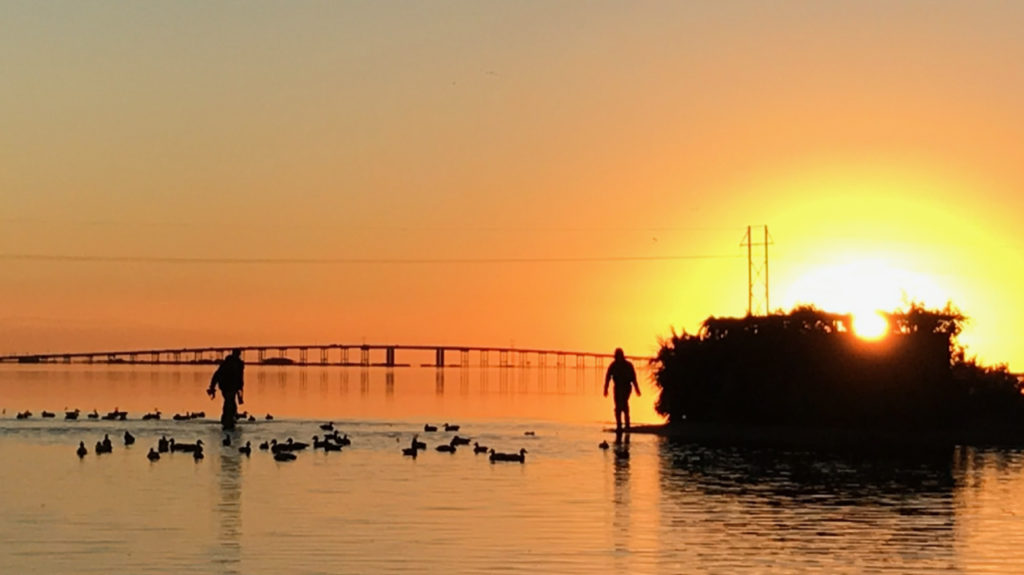
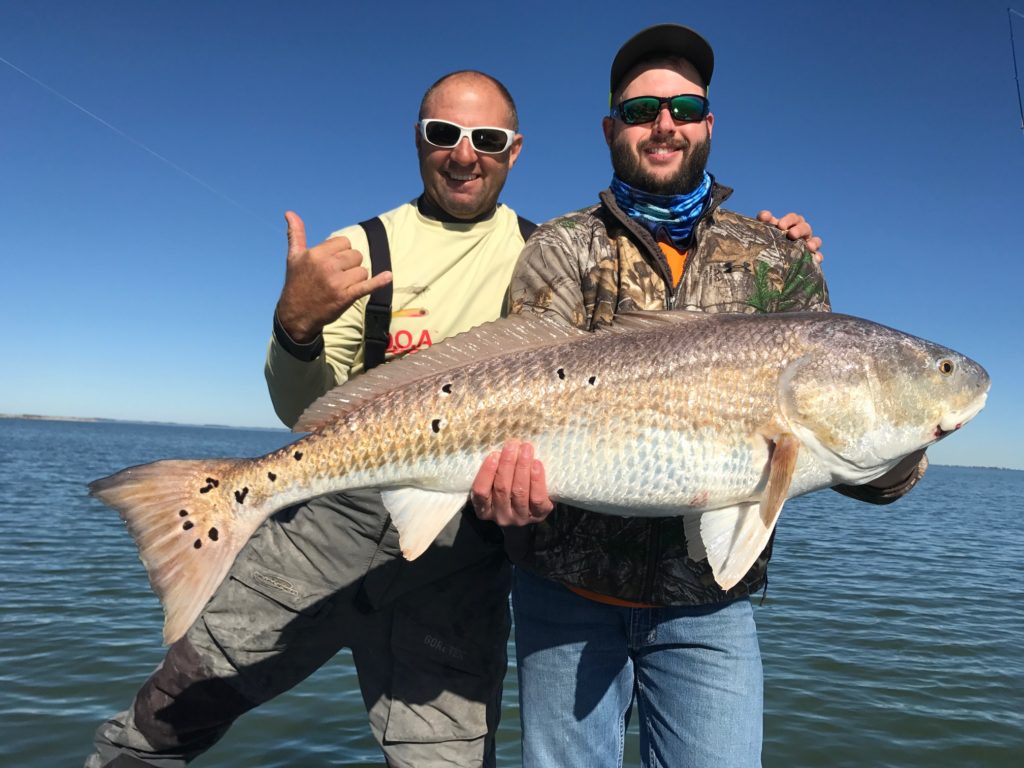
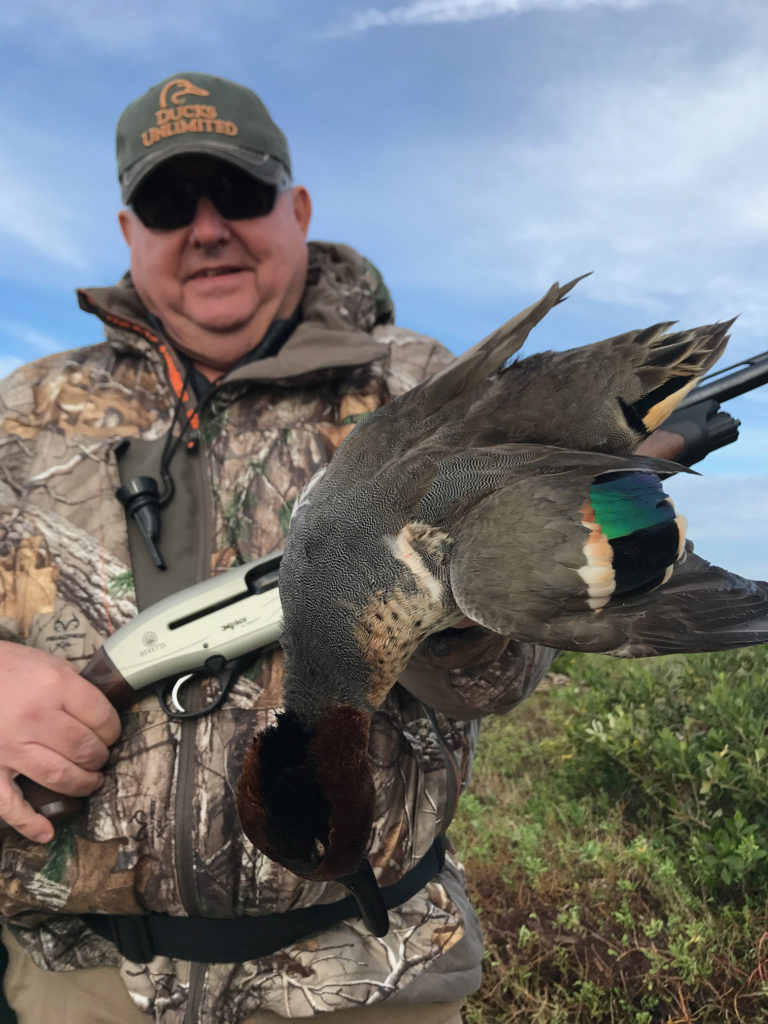
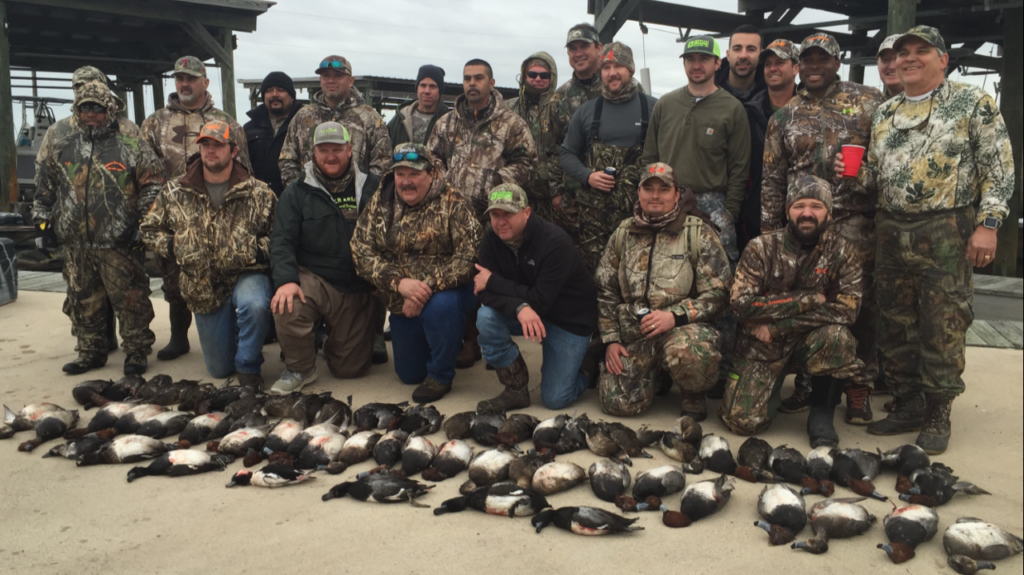
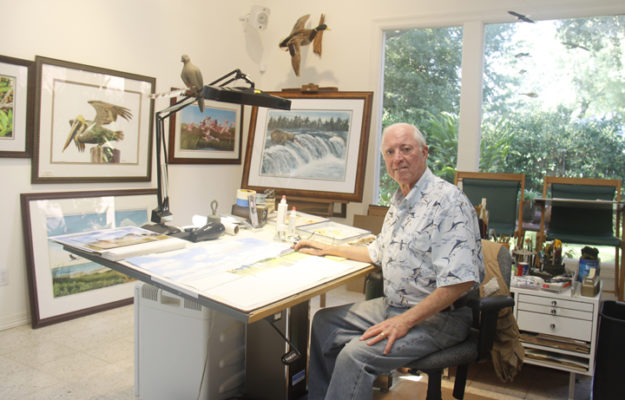
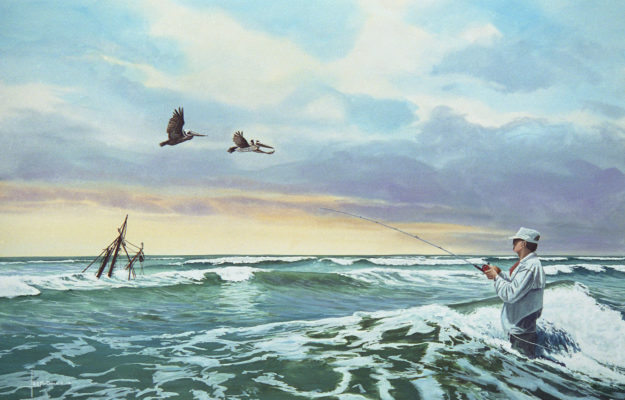
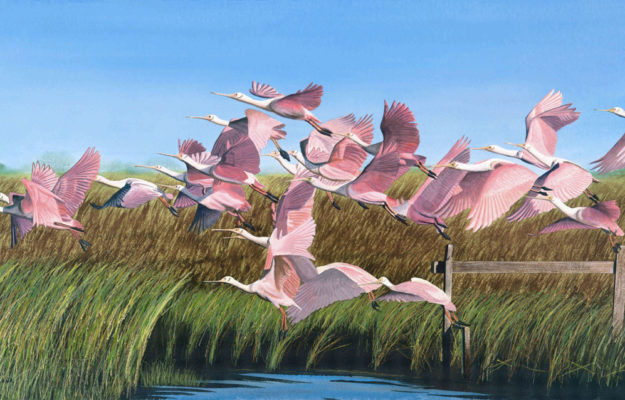
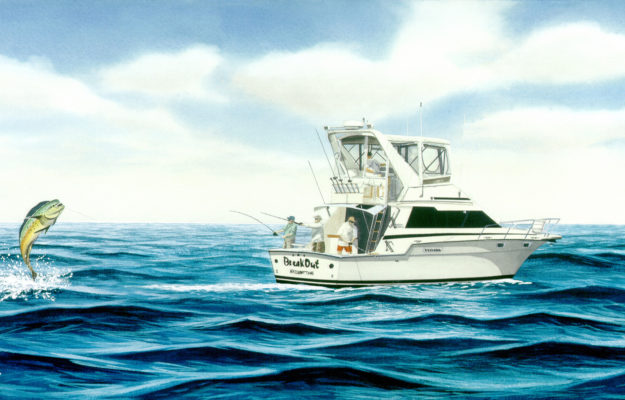
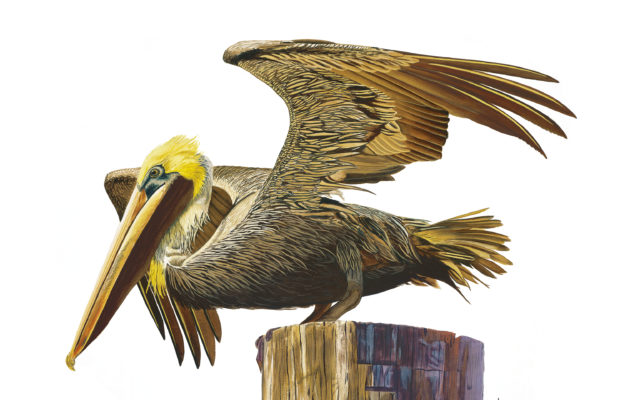

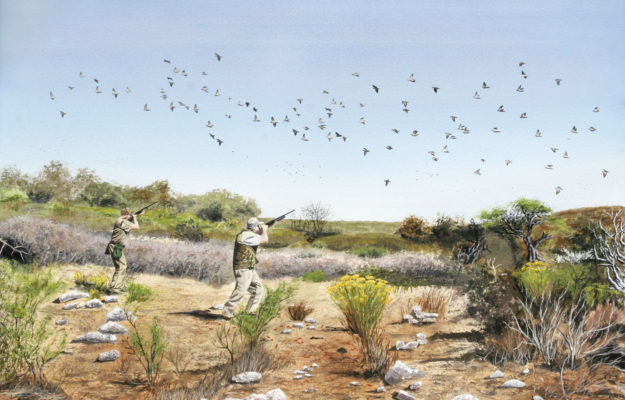
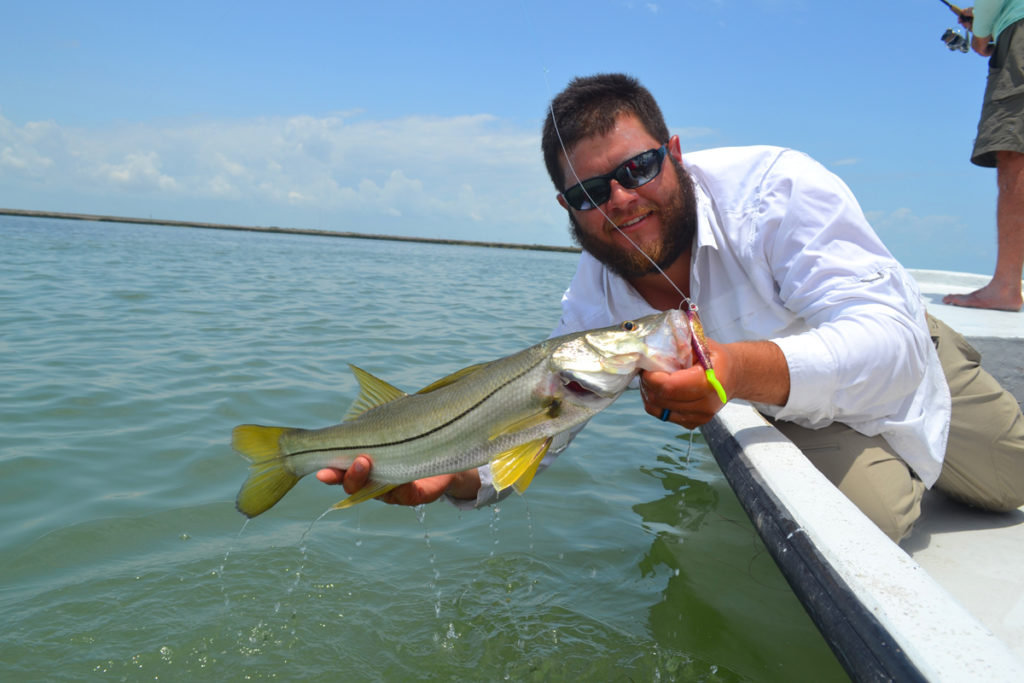
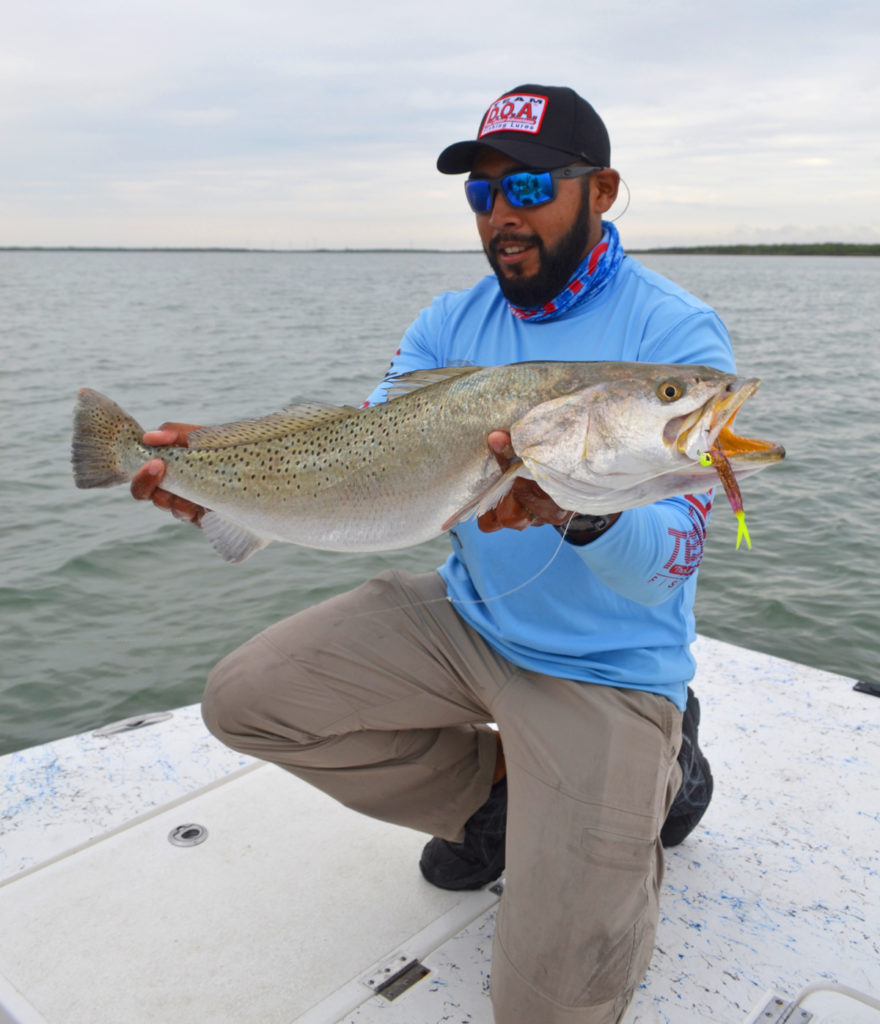
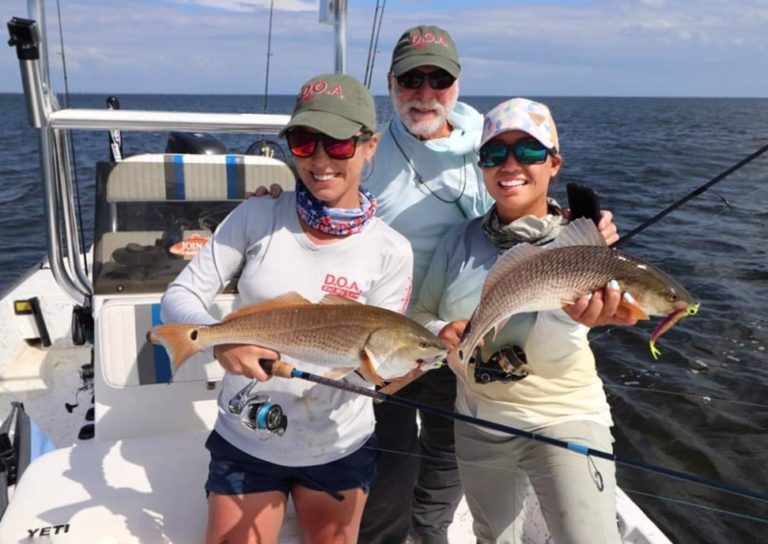
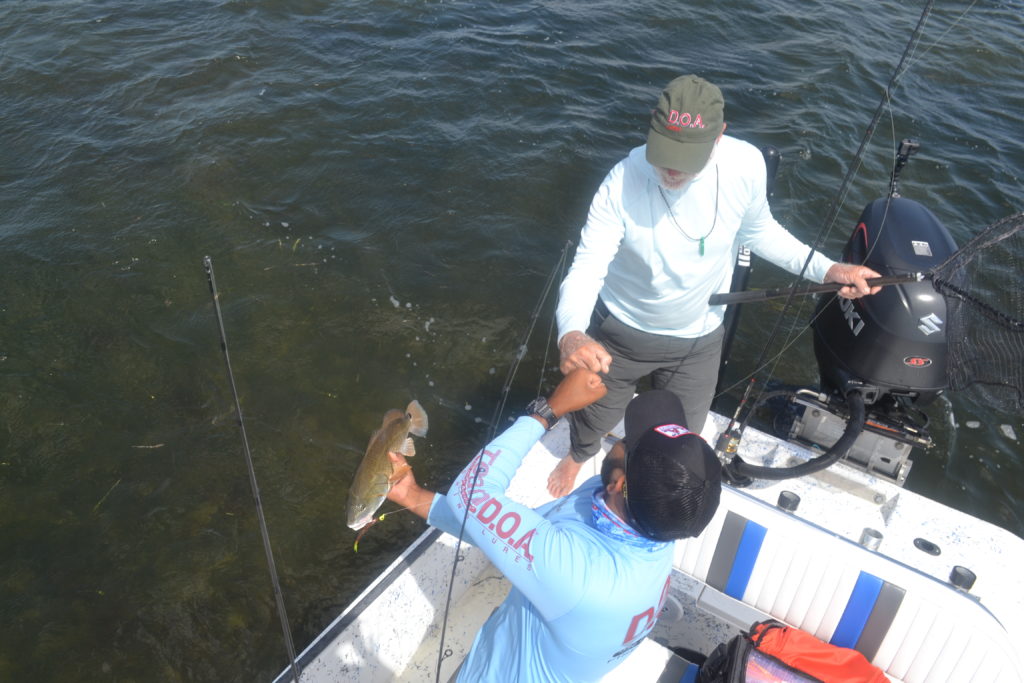
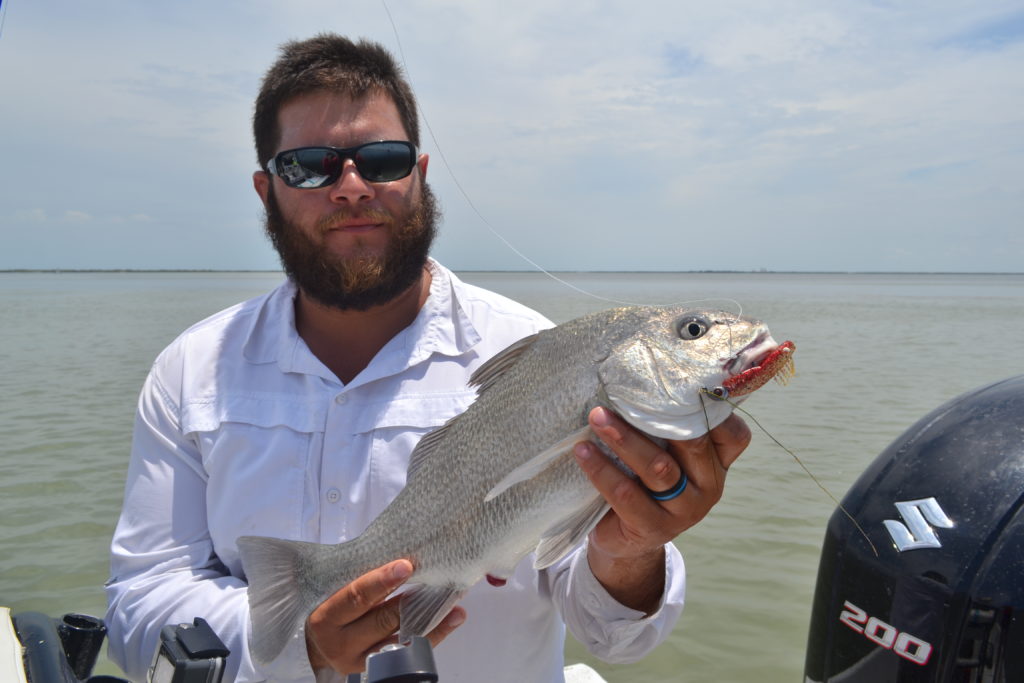
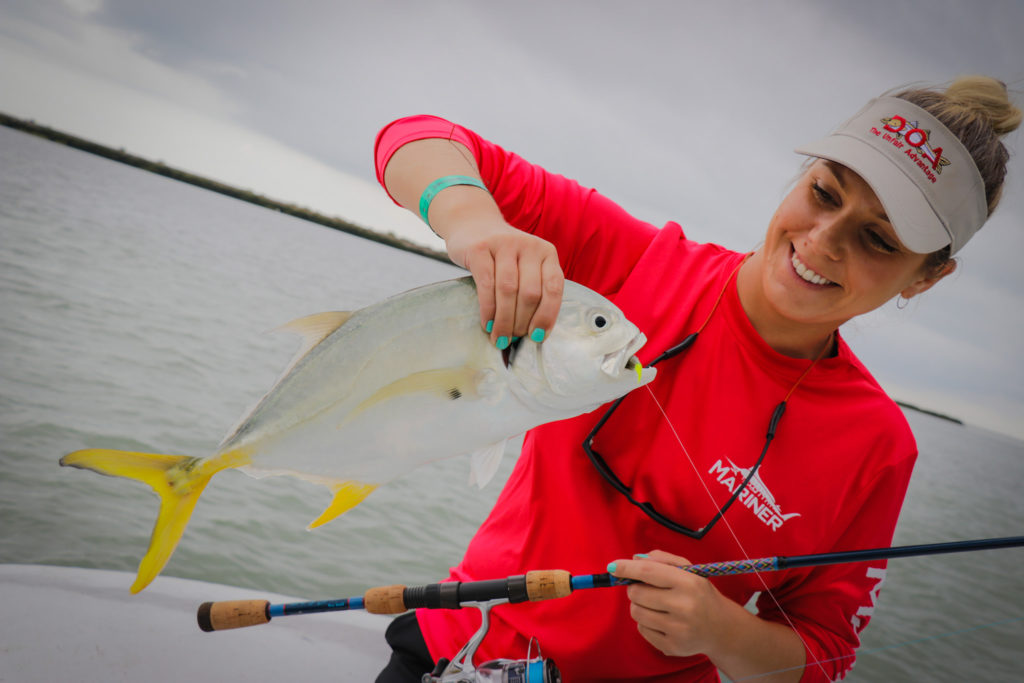
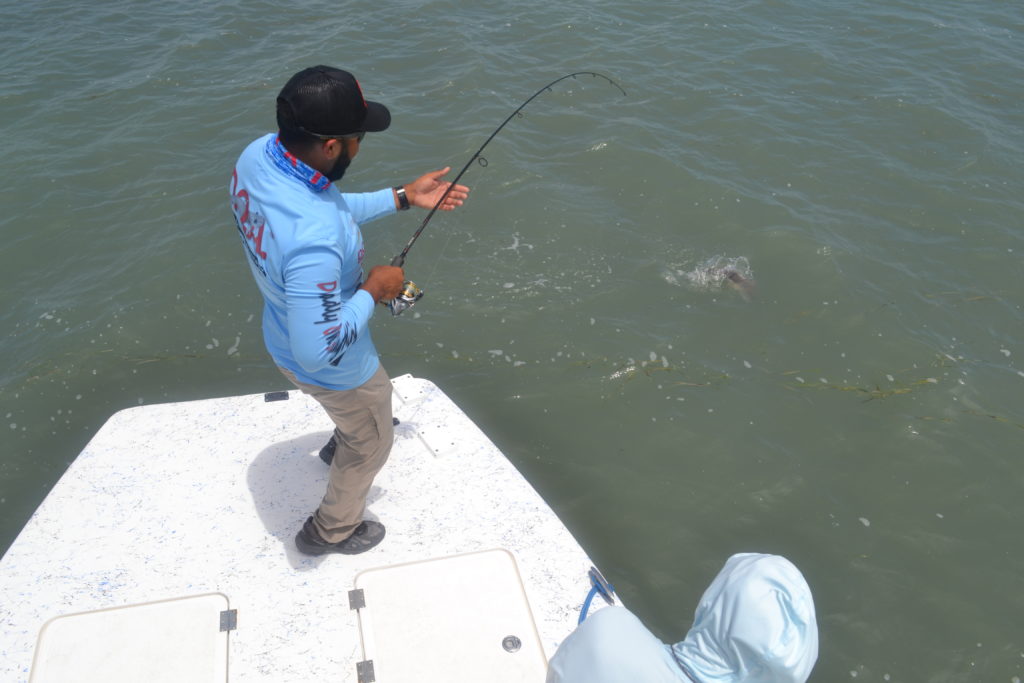
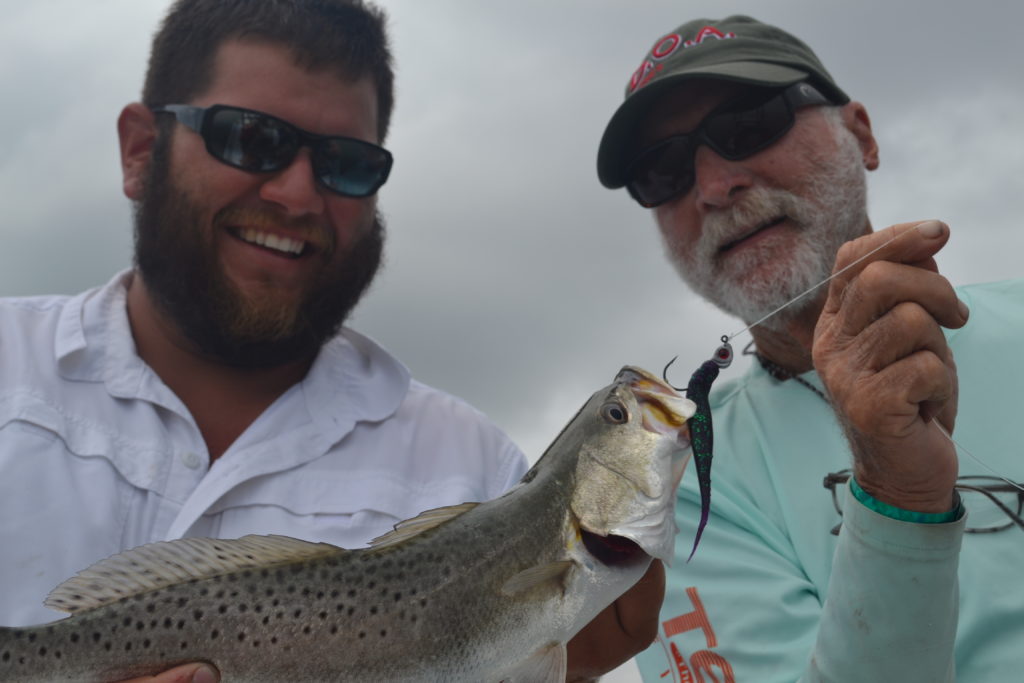
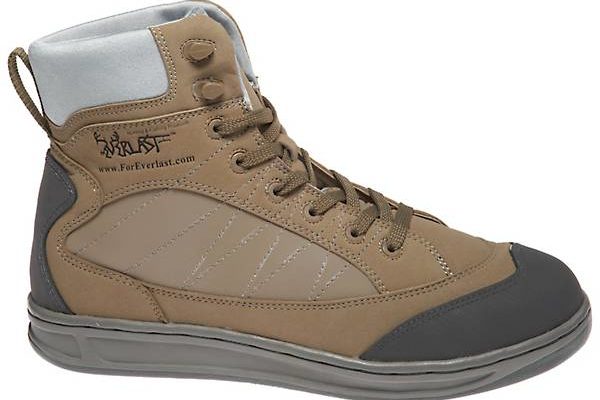
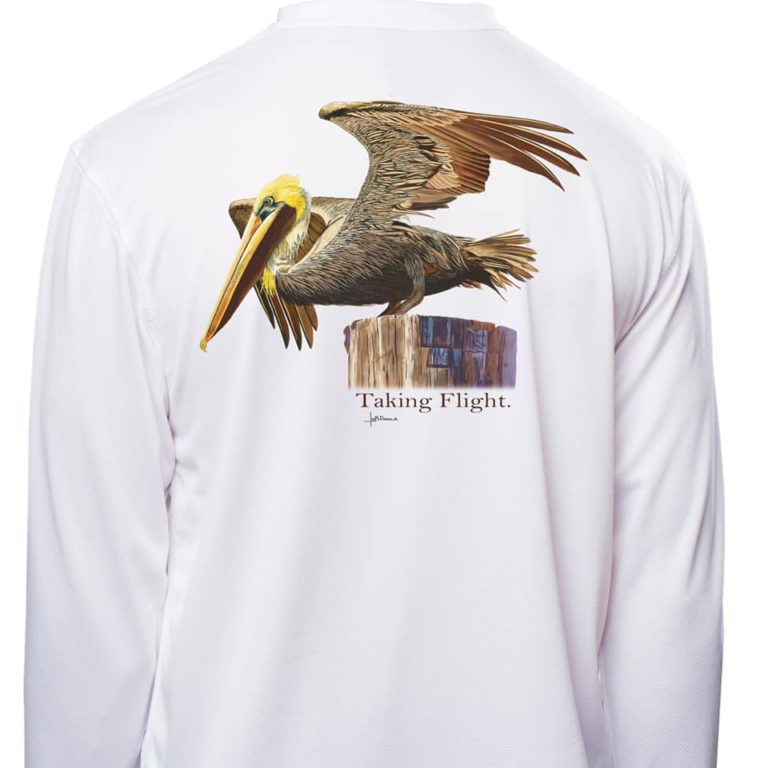
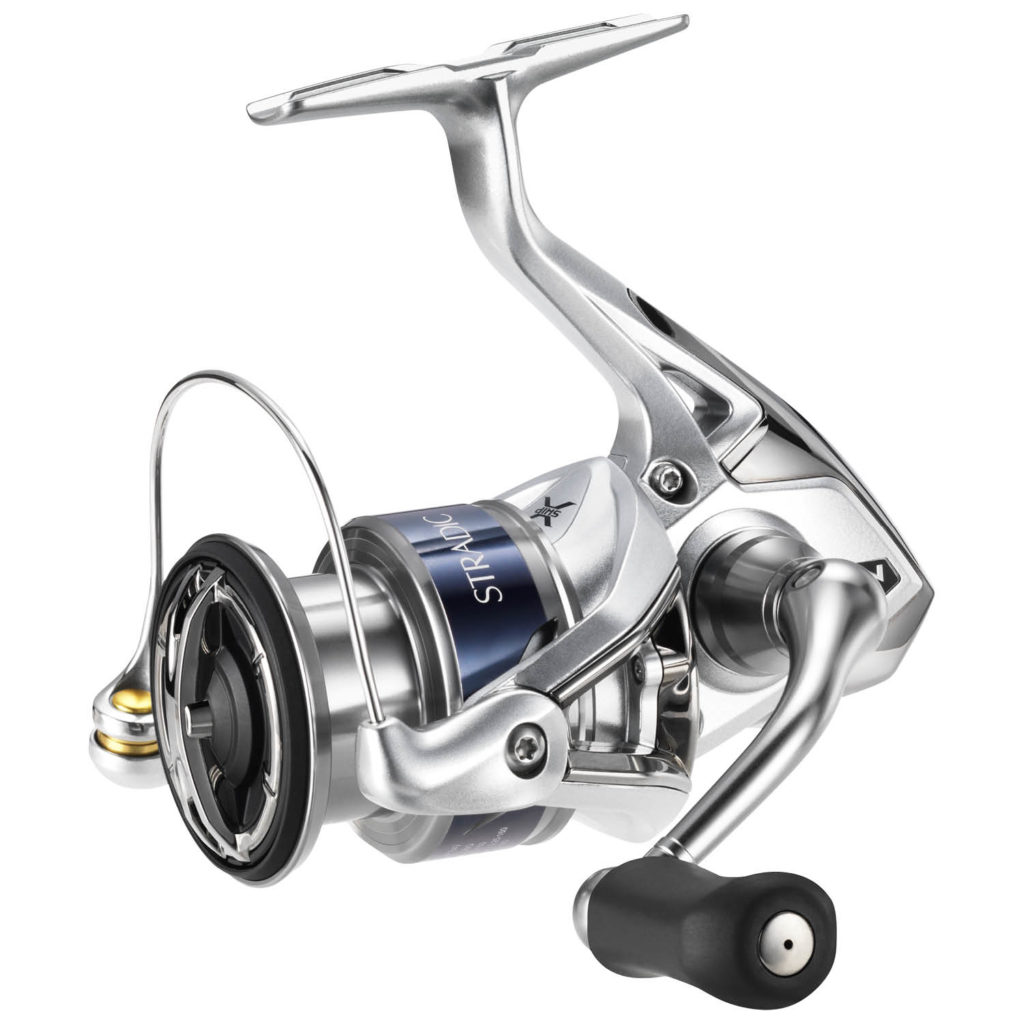
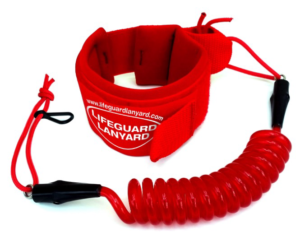

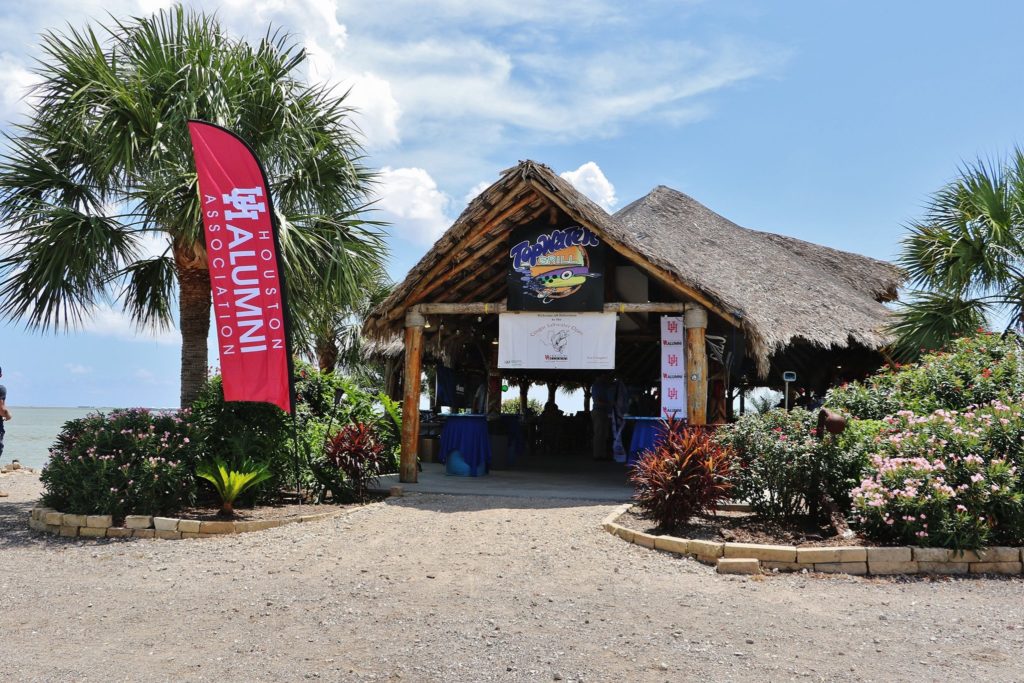
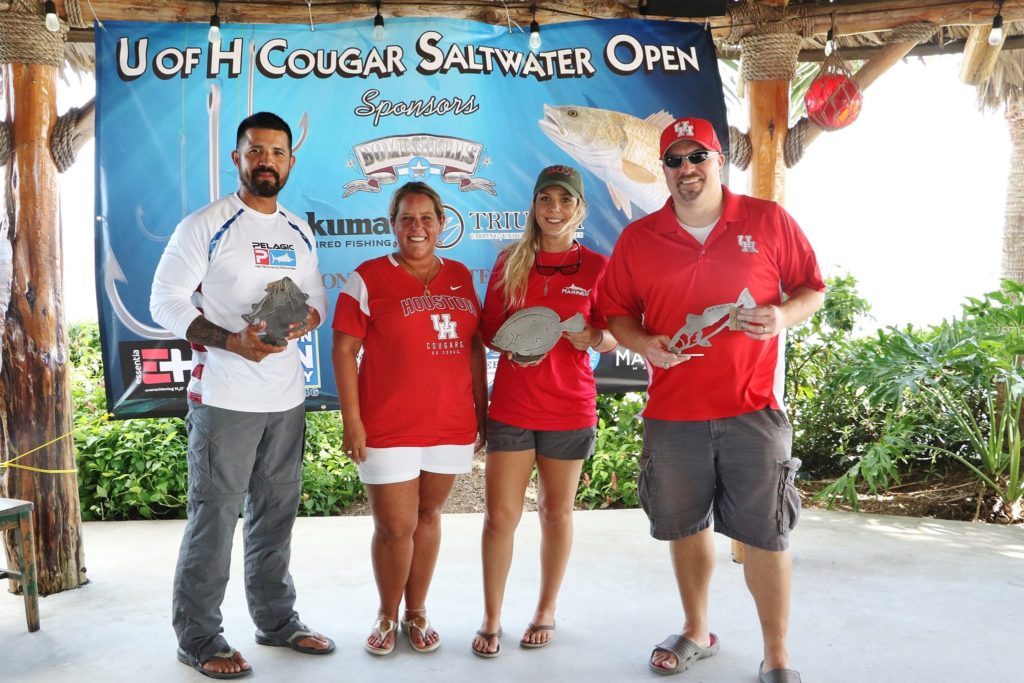
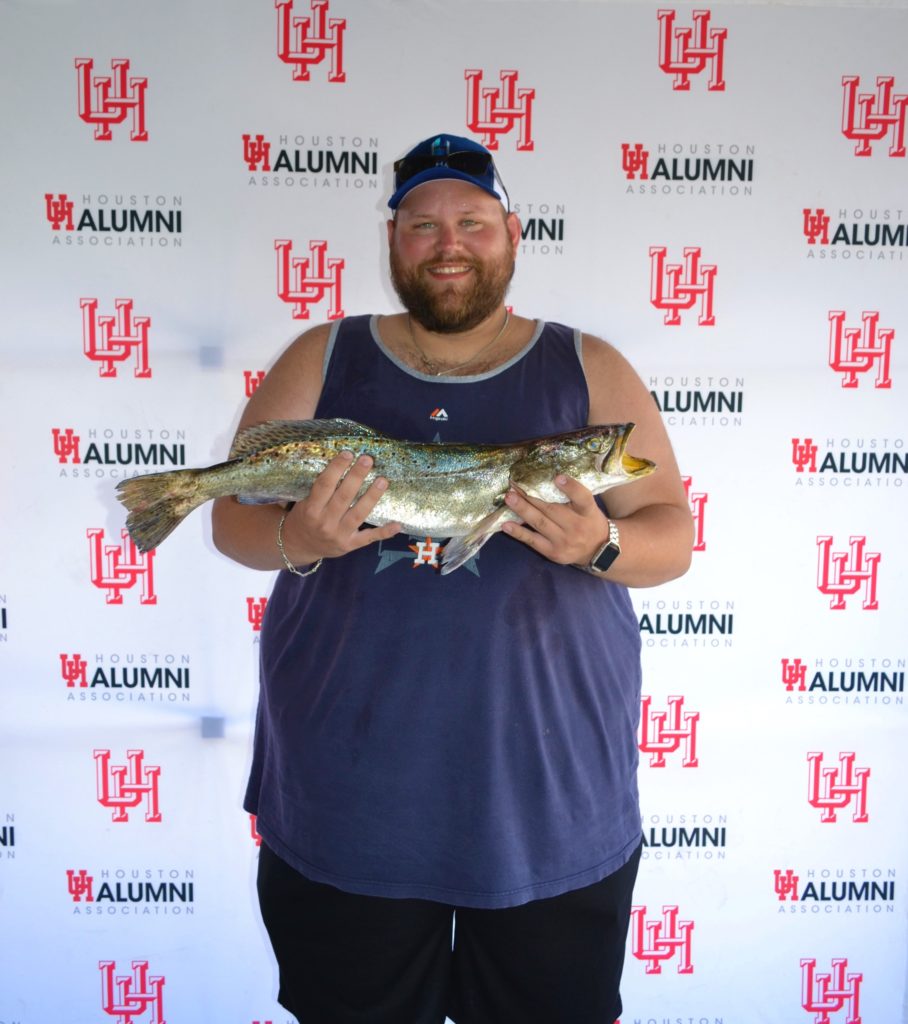
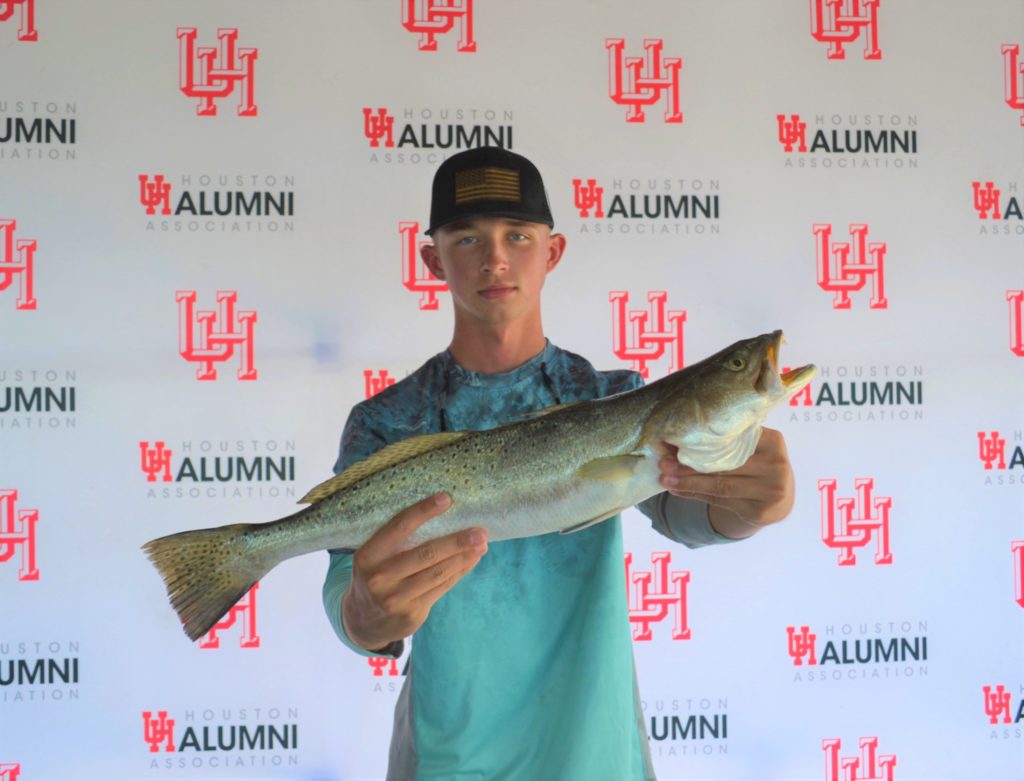
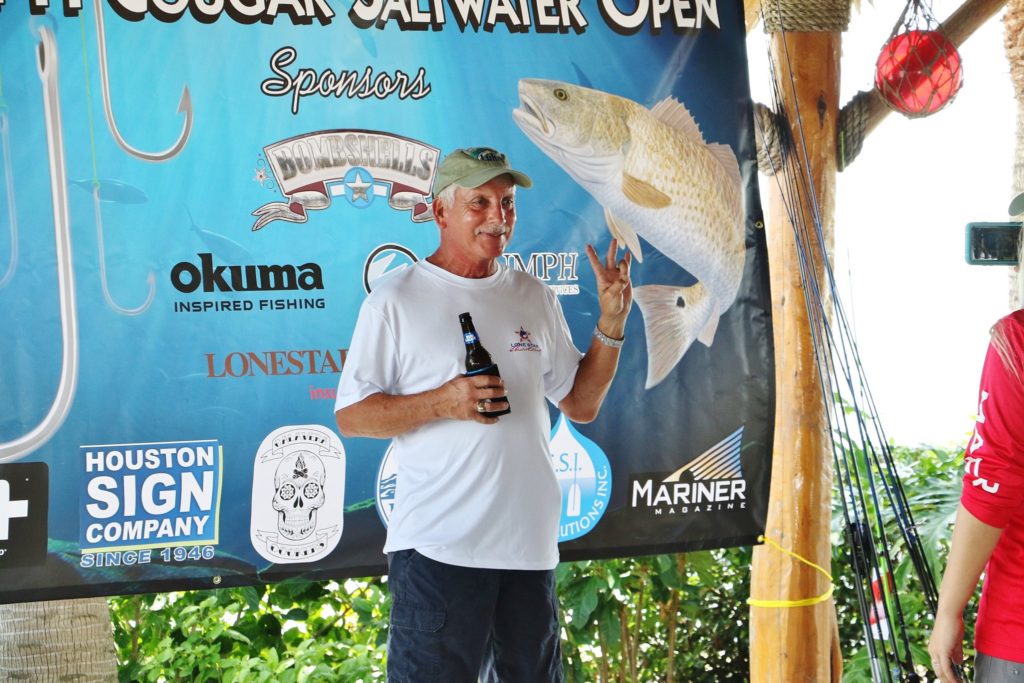
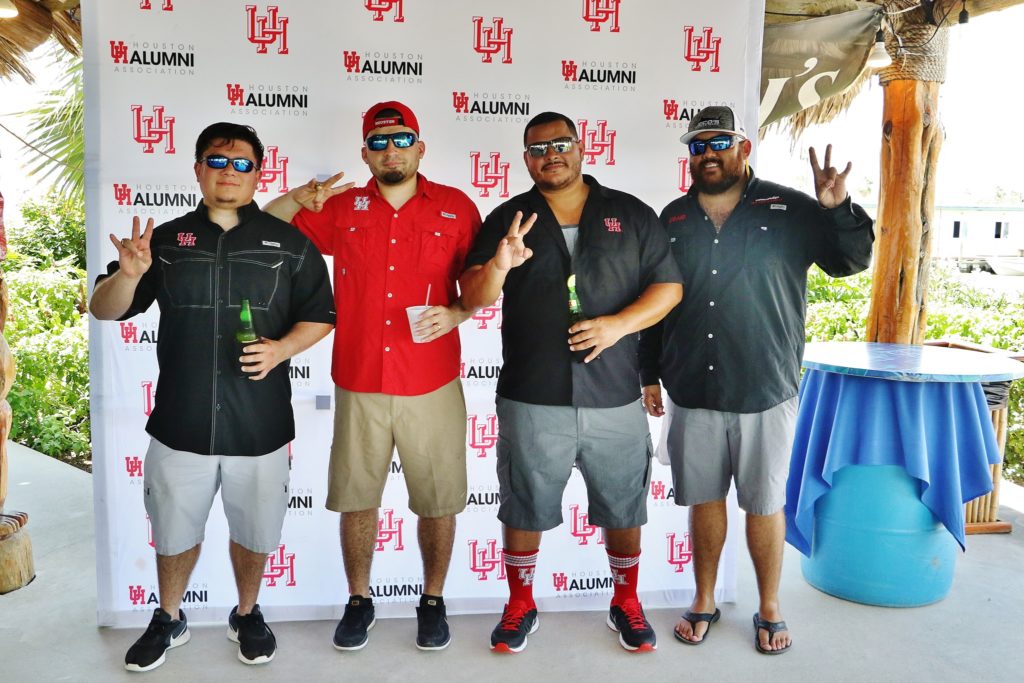
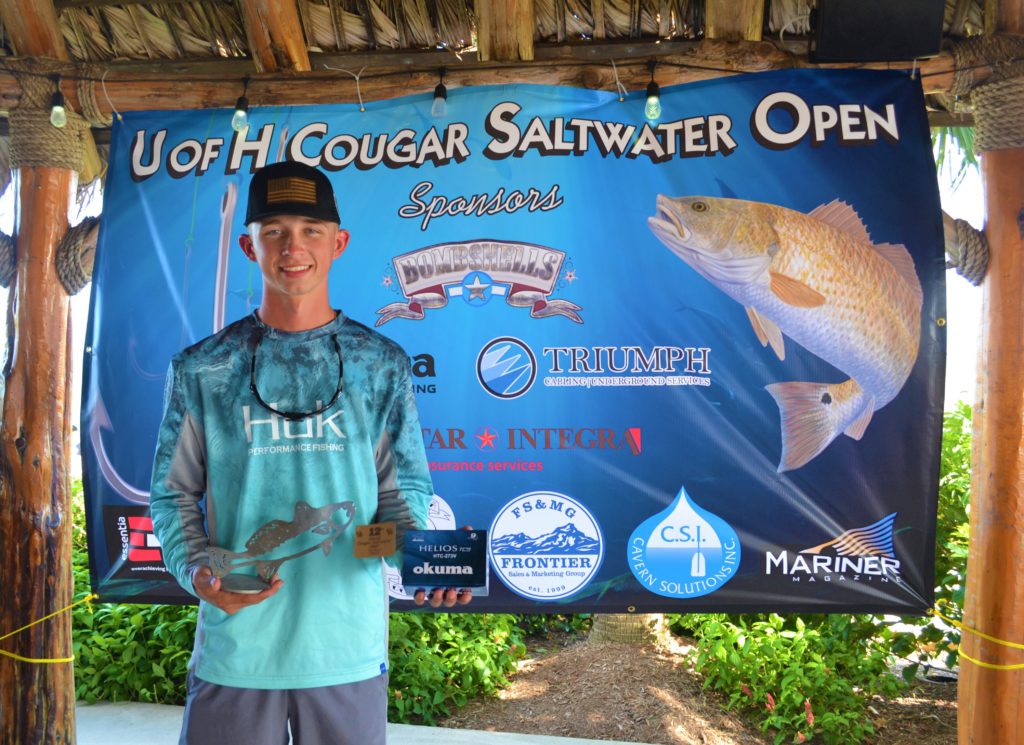
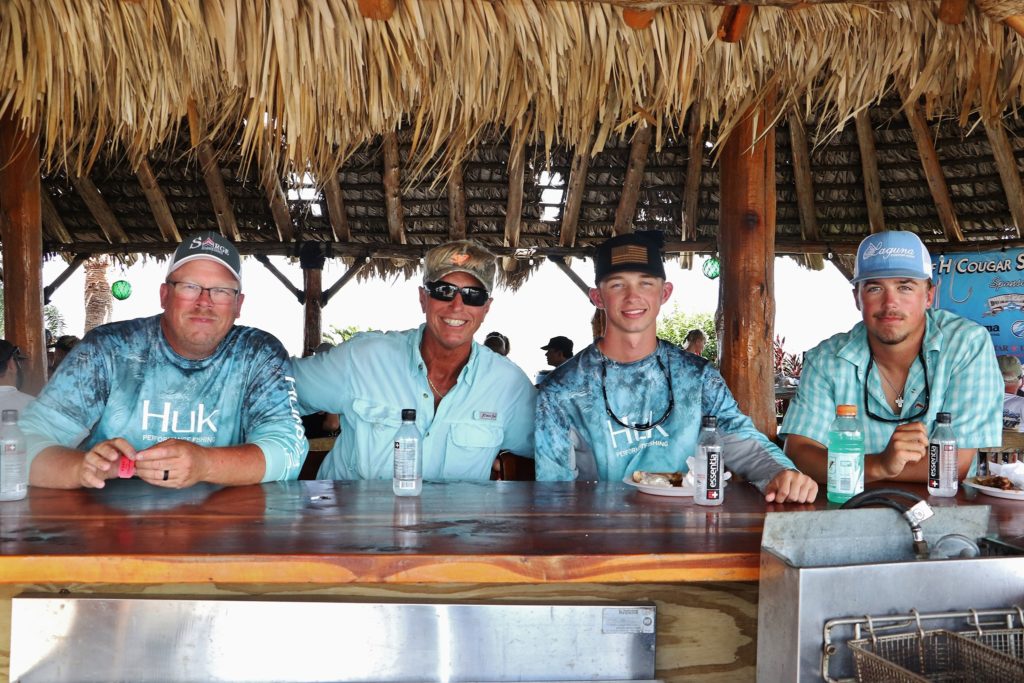


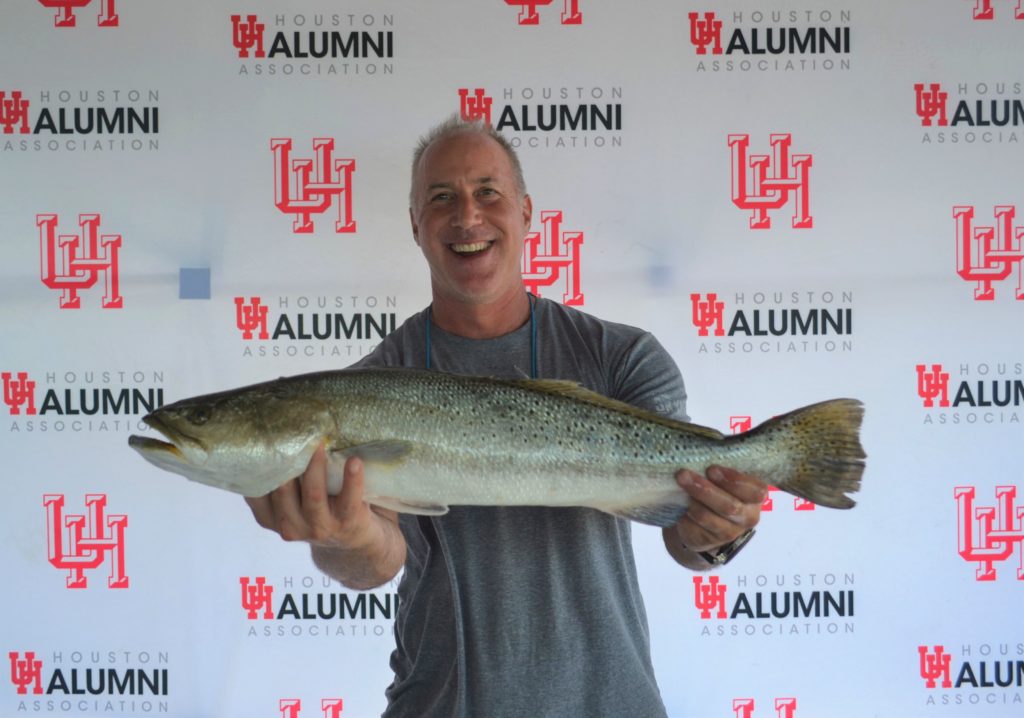






 By Capt. Brian “Flounder Professor” Spencer
By Capt. Brian “Flounder Professor” Spencer

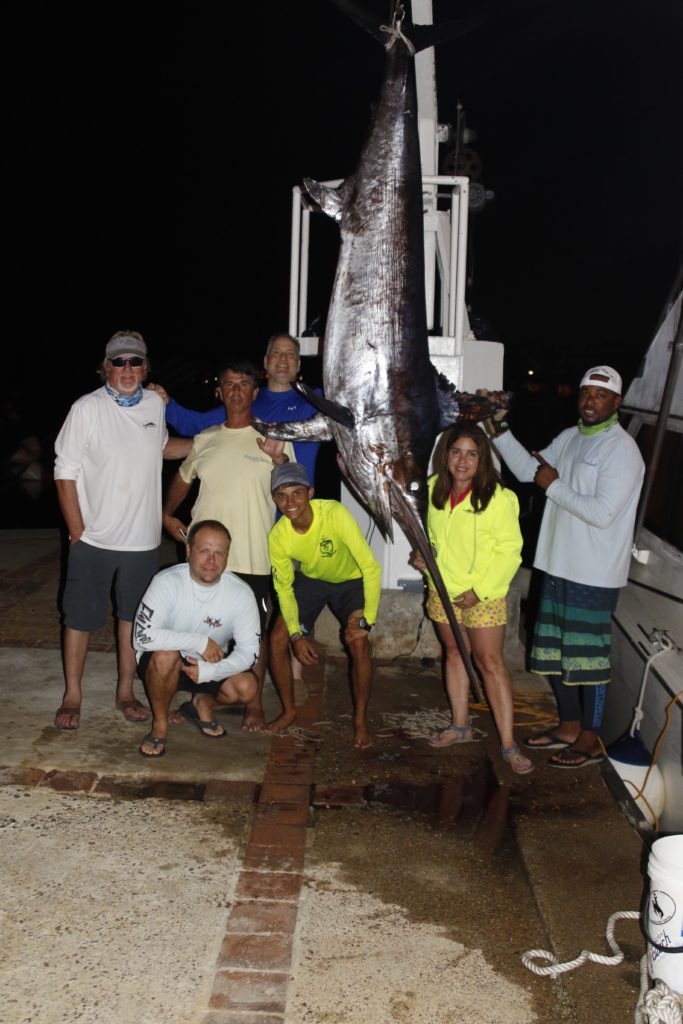 The 1st Annual Swordfish Cup, a single-species tournament with a 24-hour global format, was held July 27-28, 2019, with 23 boats in the initial fleet. Paco Vela and his crew aboard Dulce Coco, a Hatteras based in the Dominican Republic, were declared the winners with a 381-pound broadbill. The Swordfish Cup was presented by Fly Zone Fishing and RJ Boyle Studio. Updates were broadcast on FaceBook every two hours during the 24-hour tournament.
The 1st Annual Swordfish Cup, a single-species tournament with a 24-hour global format, was held July 27-28, 2019, with 23 boats in the initial fleet. Paco Vela and his crew aboard Dulce Coco, a Hatteras based in the Dominican Republic, were declared the winners with a 381-pound broadbill. The Swordfish Cup was presented by Fly Zone Fishing and RJ Boyle Studio. Updates were broadcast on FaceBook every two hours during the 24-hour tournament.


